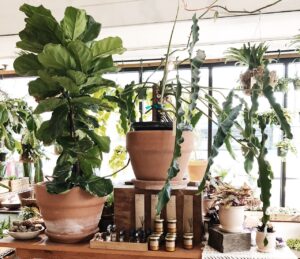Below, we’ll explore evergreens that thrive in Missouri’s soil, climate, and culture, offering insights into their characteristics, uses, and the roles they play in local ecosystems.
Eastern Red Cedar (Juniperus virginiana)
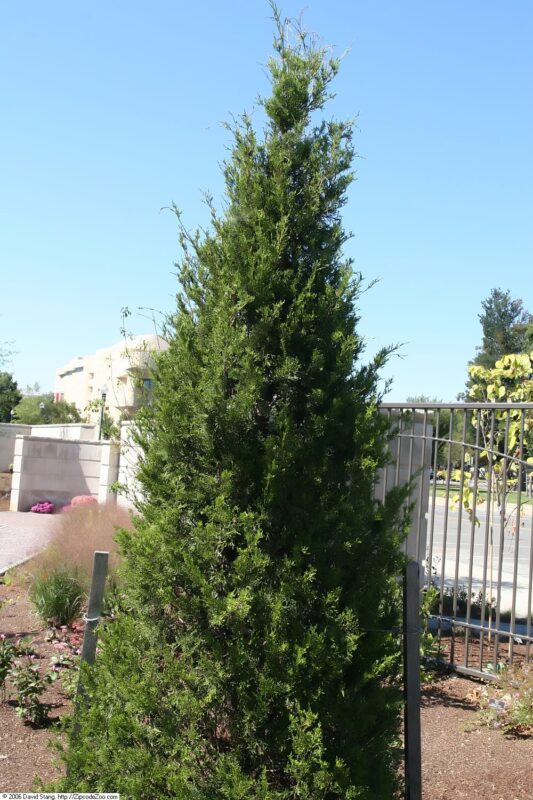
The Eastern Red Cedar is synonymous with the Missouri landscape. Despite its name, it’s actually a juniper, and it plays a vital role in both the ecology and economy of the region. This hardy evergreen can grow up to 40 feet tall and is particularly resilient, thriving in dry, rocky soils found in many parts of the state. One of its standout features is its aromatic wood, commonly used for crafting furniture and fence posts, prized for its natural resistance to rot.
The small blue berries produced by the Eastern Red Cedar are not only visually striking—they are a crucial food source for birds and small mammals, making the tree an integral part of the local ecosystem. Many species, including cedar waxwings and blue jays, rely on these berries during the cold months. Additionally, the dense foliage serves as shelter for various birds, promoting biodiversity within its habitat. The Eastern Red Cedar’s hardiness and multifunctional use—spanning from wildlife support to commercial products—make it a cornerstone of Missouri’s native flora.
White Pine (Pinus strobus)
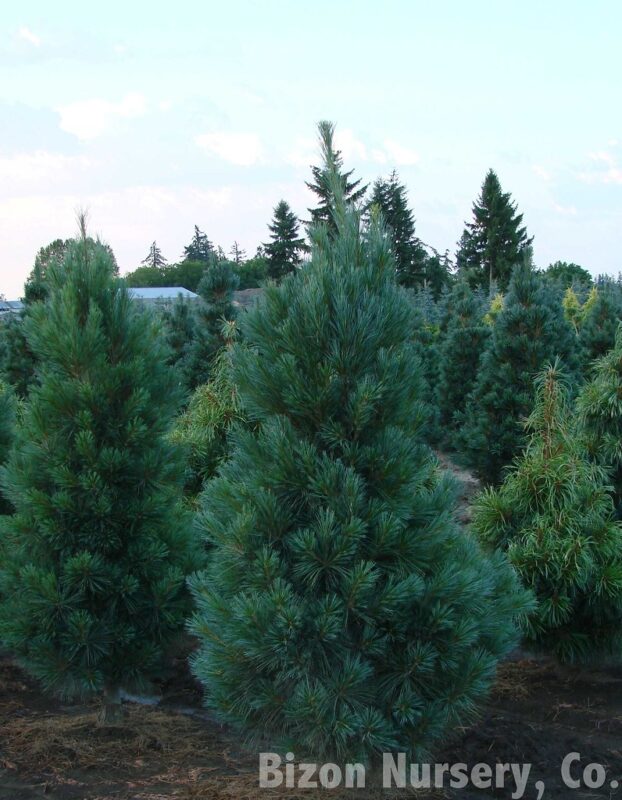
Standing as one of the tallest trees in Missouri, the White Pine commands attention with its graceful stature, often reaching heights of up to 80 feet. Characterized by its soft, long needles that grow in bundles of five, this tree creates a lush canopy that offers refuge and sustenance to a variety of wildlife. It thrives best in well-drained, sandy soils, often found in the northern regions of the state, where the climate can be slightly cooler and more conducive to its growth.
Beyond its ecological benefits, the White Pine holds cultural significance. Historically, Native American tribes utilized its wood for constructing canoes and housing, while today, it is a favorite among landscapers for its majestic appearance. Moreover, its wood is prized in the timber industry due to its light weight and resistance to warping, making it ideal for furniture and cabinetry. Whether gracing a rural landscape or a manicured park, the White Pine embodies the spirit of Missouri’s natural heritage.
Ponderosa Pine (Pinus ponderosa)
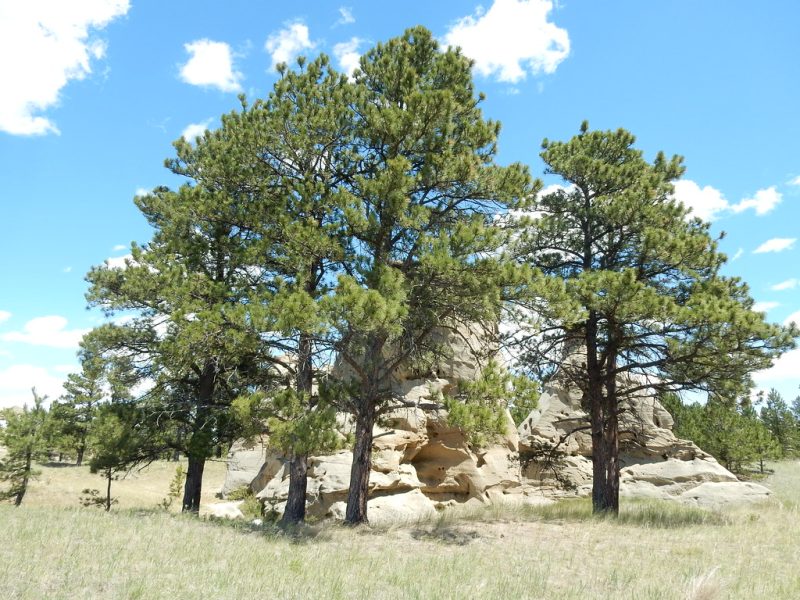
The Ponderosa Pine, recognizable by its commanding presence and broad branches, can achieve heights of 100 feet or more. While this tree is more commonly found in the western U.S., it has adapted well to certain regions in Missouri, especially those with well-drained soils. The tree is characterized by its distinctive yellow-brown bark, which peels in large plates, revealing the softer, orange-red inner bark beneath.
Known for its sweet-smelling wood, the Ponderosa Pine is highly sought after for construction, readymade furniture, and even musical instruments, thanks to its excellent acoustics. Beyond its economic value, the tree supports numerous wildlife species; its large cones and seeds serve as foraging resources for squirrels, birds, and other small mammals. The Ponderosa Pine is not merely a tree; it’s a thriving hub of life, contributing to both biodiversity and economic stability in the regions it occupies.
Norway Spruce (Picea abies)
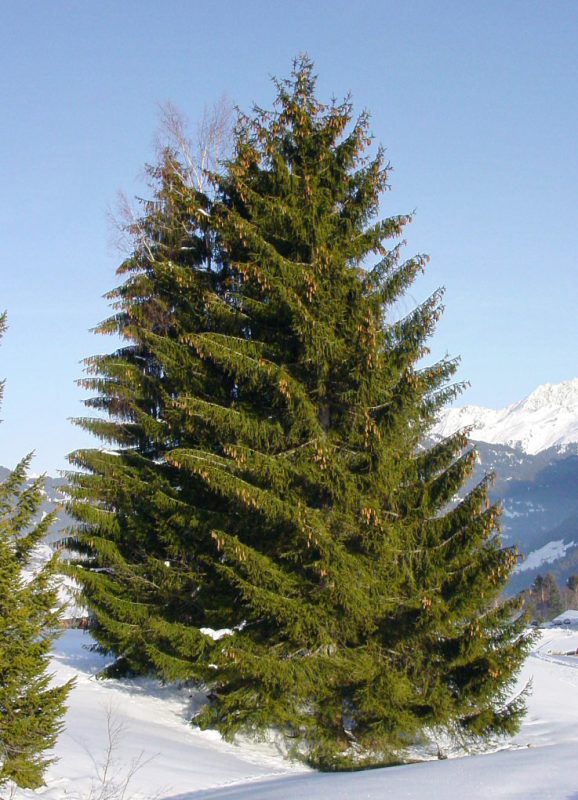
Originally from Europe, the Norway Spruce has found a welcoming habitat in Missouri, particularly in landscaped gardens and parks where its dramatic appearance can shine. This evergreen is easily recognizable by its drooping branches and long, cylindrical cones. Growing up to 100 feet tall, it forms a lush green backdrop that provides excellent cover and protection for wildlife.
The Norway Spruce is not just aesthetically pleasing; it plays a vital role as a windbreak in agricultural settings, where its dense foliage can reduce soil erosion and protect crops from harsh winds. In addition, this tree is often used in Christmas tree farms due to its traditional shape and durability for holiday decorations. The adaptability of the Norway Spruce to various soil types further cements its status as a favored choice for both environmental efforts and ornamental horticulture.
Eastern Hemlock (Tsuga canadensis)
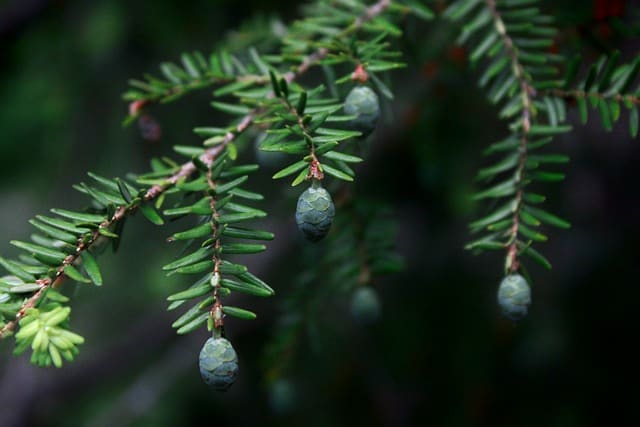
The Eastern Hemlock is a graceful evergreen that thrives in Missouri’s moist, shaded valleys, often found alongside streams and rivers. Its feathery foliage, which can take on a rich green color, creates an elegant aesthetic that attracts horticulturalists and nature lovers alike. The tree plays a critical role in stabilizing riverbanks and protecting aquatic ecosystems by preventing erosion.
Ecologically, the Eastern Hemlock offers habitat and food for various wildlife species. Small mammals and numerous bird species rely on its dense growth for shelter and nesting. In addition, the rich understory associated with hemlock forests serves as a foraging ground for many animals. The conservation of Eastern Hemlock populations is becoming increasingly important, as this species contributes significantly to maintaining forest biodiversity and health in Missouri.
Cryptomeria (Cryptomeria japonica)
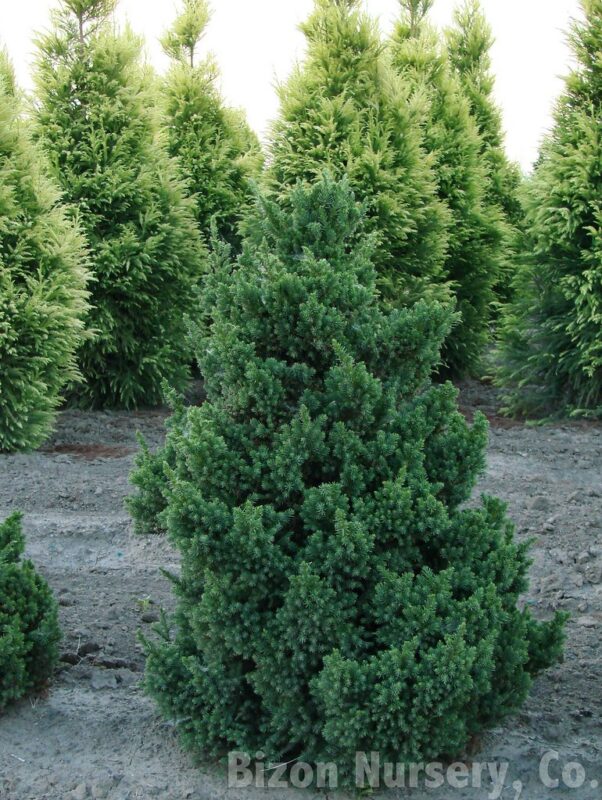
Also known as Japanese cedar, Cryptomeria has become increasingly popular among Missouri homeowners for its fast growth and unique appearance. Reaching heights of up to 70 feet, it boasts soft, needle-like foliage that can give landscapes a lush, tropical feel. Its resilience to various environmental conditions—particularly drought—adds to its appeal for residential and commercial landscaping.
Cryptomeria also serves ecological functions, including soil stabilization and wildlife habitat. Birds often seek refuge in its branches, while its cones provide a food source for small mammals. Additionally, its timber, known for its durability and resistance to decay, is utilized in construction and furniture-making. By embracing the Cryptomeria in our landscapes, we not only enhance visual appeal but also foster an ecosystem that benefits local wildlife.
Leyland Cypress (Cupressus × leylandii)
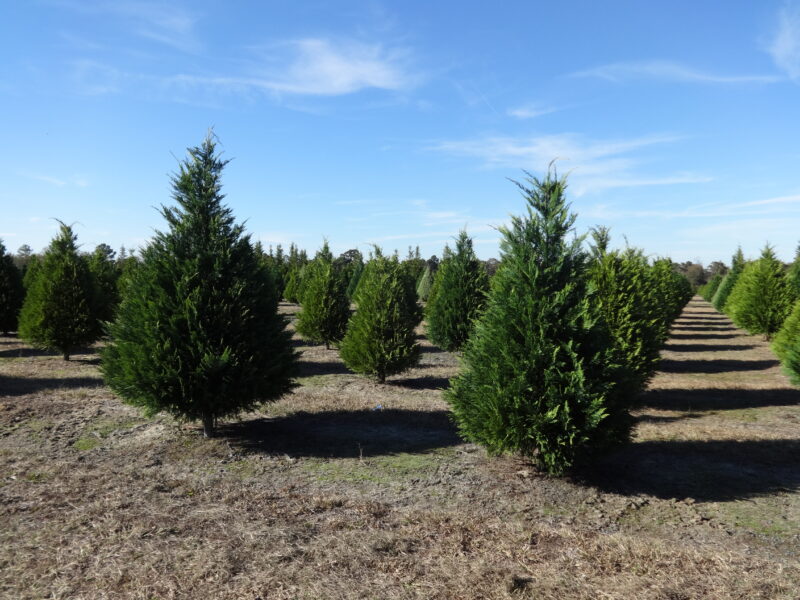
The Leyland Cypress has surged in popularity for privacy hedges among Missouri gardeners due to its rapid growth and dense foliage. This hybrid tree can grow over 70 feet tall, making it an effective choice for creating privacy screens or windbreaks. Its lush, dark green color and straight, sturdy form provide a striking contrast in residential gardens and rural properties alike.
Not only is the Leyland Cypress favored for its aesthetic qualities, but it also plays a significant role in urban environments. Its adaptability to different soil types and urban stressors makes it ideal for parks, residential landscapes, and commercial properties. The dense foliage not only blocks views but can also help reduce noise pollution, adding to its appeal as an urban landscaping choice.
Loblolly Pine (Pinus taeda)
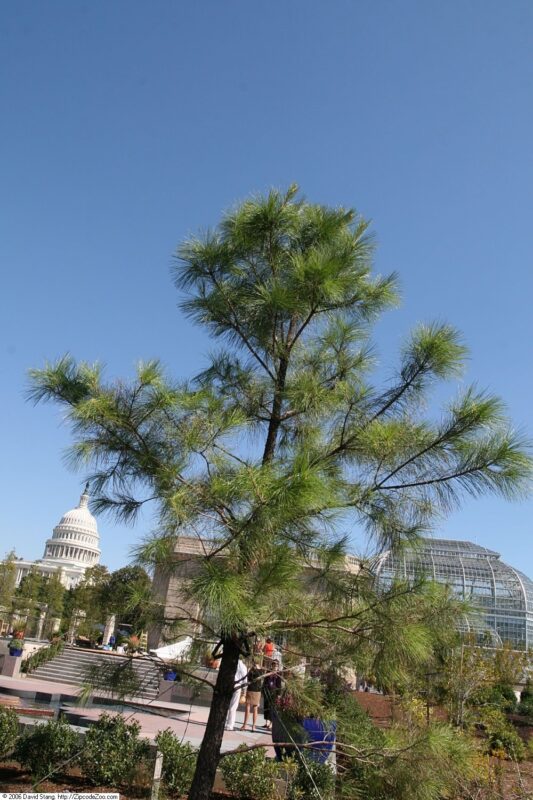
Loblolly Pine thrives in Missouri’s wetter, lowland areas. This evergreen has become a keystone species in both natural and managed forests, primarily due to its rapid growth, often reaching heights of 100 feet. The tree’s long, slender needles create a charming appearance, while its cones are a source of food for local wildlife, including deer and various bird species.
In addition to its ecological importance, Loblolly Pine is significant in the timber industry. Its wood is used for various products, including plywood, furniture, and paper, making it an economically viable tree for Missouri. Planting Loblolly Pine also supports soil conservation efforts, as its roots help prevent soil erosion in flatter, wetter areas, promoting sustainable land use practices.
Concolor Fir (Abies concolor)
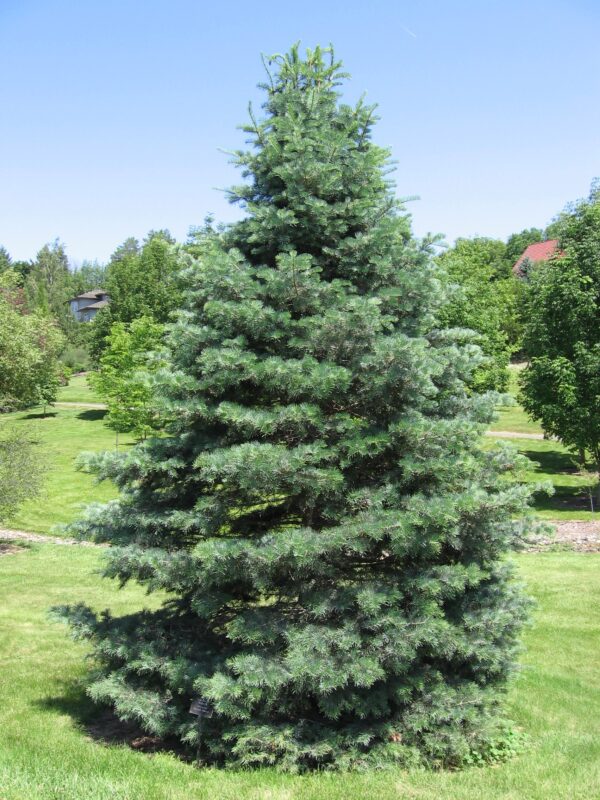
The Concolor Fir is cherished for its broad, conical shape and soft, bluish-green needles that endure the harsh winters of Missouri. Known for its pleasant citrus scent and unique white sap, it not only offers a stunning visual but also supports various wildlife species, providing seeds for birds and small mammals. The Concolor Fir’s adaptability to different soil types allows it to thrive in a variety of landscapes, from residential gardens to forested areas.
Due to its beautiful form and fragrance, many gardeners choose Concolor Fir as a centerpiece for holiday displays, and it’s also valued for reforestation efforts. Beyond its ornamental value, it plays a role in carbon sequestration, helping to combat climate change by absorbing carbon dioxide. With its mix of ecological, aesthetic, and economic benefits, the Concolor Fir remains a beloved choice for many in Missouri.
Mountain Pine (Pinus mugo)
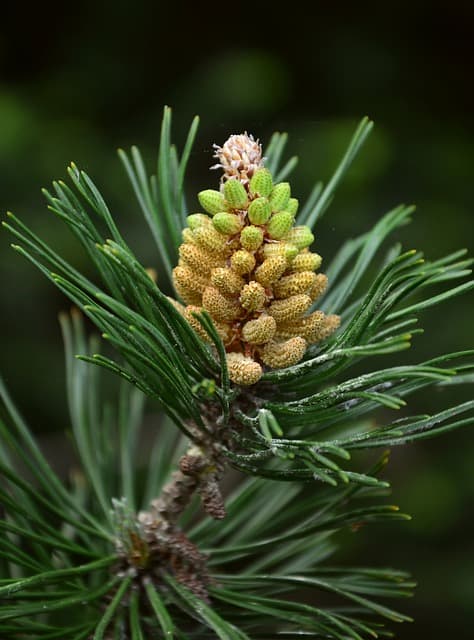
The compact stature of the Mountain Pine makes it an excellent choice for gardeners seeking smaller evergreens. Typically reaching only 10 to 20 feet in height, it provides dense foliage that can perfectly fill rock gardens, borders, or as foundation plantings. This tree’s hardiness allows it to tolerate a wide range of soil conditions, making it not only versatile but easy to maintain.
The Mountain Pine’s adaptability and resilience also play a crucial role in stabilizing soil on slopes and preventing erosion. Additionally, its pine cones and needles are a food source for various wildlife, including birds and small mammals. The Mountain Pine is not just a practical choice for landscaping; it contributes to the health of its surrounding ecosystem, enriching the biodiversity of the areas in which it is planted.
Blue Spruce (Picea pungens)
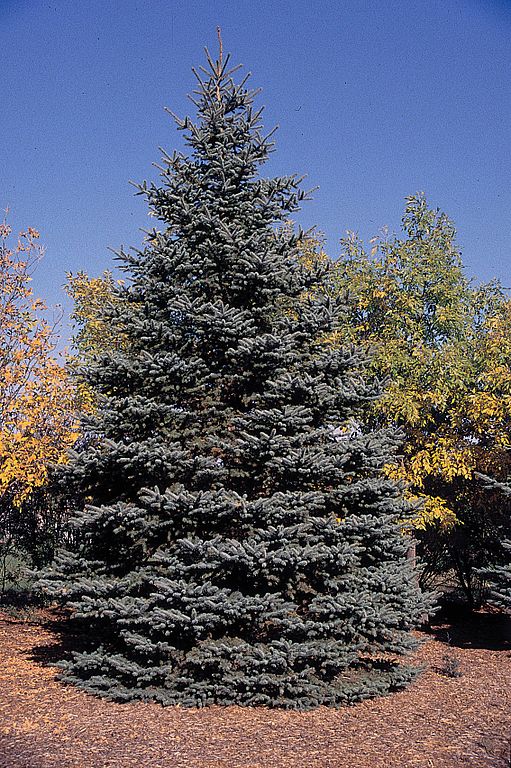
The Blue Spruce is revered for its stunning bluish hue and symmetrical shape that captures the attention of passersby. This evergreen typically grows up to 75 feet tall, forming a striking conical profile. Gardens and landscapes equipped with Blue Spruce provide a sense of grandeur, its silvery-blue needles creating beautiful contrasts against darker greens.
Beyond its aesthetic appeal, Blue Spruce is known for providing excellent cover for wildlife, including many birds that seek shelter among its dense branches. Additionally, it is drought-resistant once established, making it a smart choice for gardeners wary of inconsistent rain. Due to its sturdy structure, Blue Spruce is also favored for windbreaks and privacy screens, further enhancing its functional value in residential areas.
Norfolk Island Pine (Araucaria heterophylla)
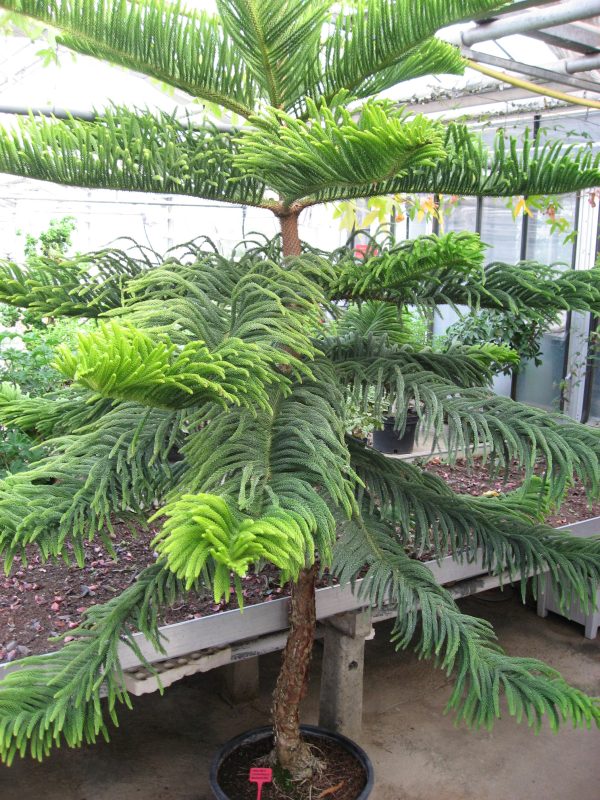
Though primarily known for its stunning, fragrant blossoms, the Southern Magnolia is also an evergreen tree that graces Missouri landscapes. This majestic tree can reach heights of up to 80 feet, with glossy, dark green leaves that offer a lush appearance throughout the year. The addition of its large white flowers during the warm months adds a striking contrast to the evergreen foliage, enhancing garden aesthetics while providing valuable shelter and food for local wildlife.
While not native to Missouri, the Norfolk Island Pine has found a niche in many homes as a popular choice for indoor evergreen cultivation. When nurtured inside, it can reach remarkable heights of 6 feet or more, making it a delightful addition to interior décor, particularly during the holiday season. The resemblance to classic holiday trees ensures its visibility in homes, serving as a reminder of the beauty of nature all year round.
Conclusion
Exploring the diverse selection of evergreens found in Missouri reveals just how rich the state’s natural beauty really is. From towering pines to compact firs, each tree contributes to the aesthetics, ecology, and cultural identity of the region. Understanding the unique characteristics of these 15 Missouri evergreens allows homeowners, landscape designers, and nature lovers to make informed choices about planting, preserving, and appreciating these vital components of our environment.



